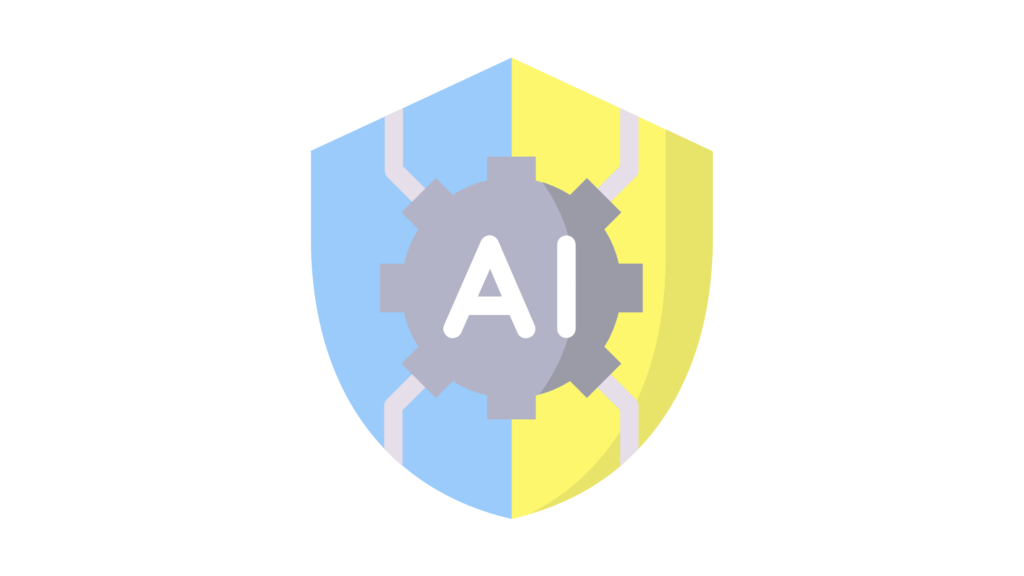In today’s digital landscape, where cyber threats are evolving at an alarming rate, traditional security measures are no longer sufficient to protect sensitive data and networks. Zero Trust is a cybersecurity approach that focuses on maintaining strict access controls and continuous verification of users and devices within a network. The concept behind Zero Trust is that organizations should not automatically trust any user or device, even if they are operating from within the corporate network perimeter. Instead, all entities attempting to access resources should be constantly validated and authorized based on various factors, such as identity, location, device health, and behavior.

AI-Powered Security
Artificial Intelligence (AI) is poised to play a pivotal role in bolstering Zero Trust frameworks. AI-powered security systems can continuously monitor and analyze vast amounts of data to identify patterns, detect anomalies, and predict potential breaches. Machine Learning algorithms can learn from historical data, enabling systems to recognize and respond to emerging threats in real-time. By leveraging AI, organizations can enhance their ability to detect and mitigate sophisticated cyber attacks, minimizing the risk of data breaches.
Biometric Authentication
Passwords have long been a weak point in security architectures, susceptible to hacking and exploitation. Biometric authentication, on the other hand, offers a more secure and user-friendly alternative. Technologies such as facial recognition, fingerprint scanning, and iris scanning are gaining traction in the Zero Trust landscape. Biometrics provide a unique and personalized identifier for each individual, making it significantly more difficult for unauthorized users to gain access. Integrating biometric authentication into Zero Trust frameworks enhances identity verification and strengthens overall security posture.


IoT Integration
The proliferation of Internet of Things (IoT) devices brings about new challenges in maintaining a Zero Trust environment. IoT devices often have limited computing power and lack robust security measures, making them susceptible to compromise. However, integrating Zero Trust protocols into IoT networks can help mitigate these risks. Implementing strict access controls, device authentication mechanisms, and continuous monitoring can ensure that only trusted devices and connections are allowed within the network. By securing interconnected devices and networks, Zero Trust principles can effectively safeguard critical IoT deployments.
Continuous Adaptive Risk and Trust Assessment (CARTA)
As cyber threats become increasingly sophisticated and dynamic, traditional security approaches based on predefined rules and static controls are becoming less effective. Continuous Adaptive Risk and Trust Assessment (CARTA) is an emerging framework that aligns well with Zero Trust principles. CARTA frameworks leverage real-time monitoring, analytics, and automation to dynamically assess risks and trust levels. By continuously evaluating user behavior, devices, and network conditions, organizations can adapt their security posture in real-time, encouraging proactive threat response and reducing the attack surface.

Areas where the above technologies can be used
- Banking and Finance
- Health Care
- Retail and E-commerce
- Smart Cities
- Manufacturing and Industrial sector
- Transportation and Logistics
The future of Zero Trust lies in the convergence of emerging technologies and trends that reinforce its effectiveness and adaptability in the face of evolving cyber threats. AI-powered security, biometric authentication, blockchain technology, IoT integration, and CARTA frameworks are poised to play critical roles in enhancing Zero Trust architectures. As organizations strive to protect their sensitive data and networks, it is imperative to embrace these technological advancements and stay ahead of the rapidly changing threat landscape. By adopting these emerging technologies, organizations can bolster their defenses, minimize the risk of data breaches, and ensure a more secure digital future.
How SecurDI can help
SecurDI is focused on exploring the emerging technologies and trends shaping this groundbreaking approach. From AI-powered security and biometric authentication to blockchain integration and IoT safeguards, our team is extended to research on how these innovations enhance Zero Trust architectures. Understand the power of Continuous Adaptive Risk and Trust Assessment in dynamically assessing risks and responding to threats in real-time. Staying ahead of evolving cyber threats and ensuring a secure digital future with the convergence of these cutting-edge technologies.

